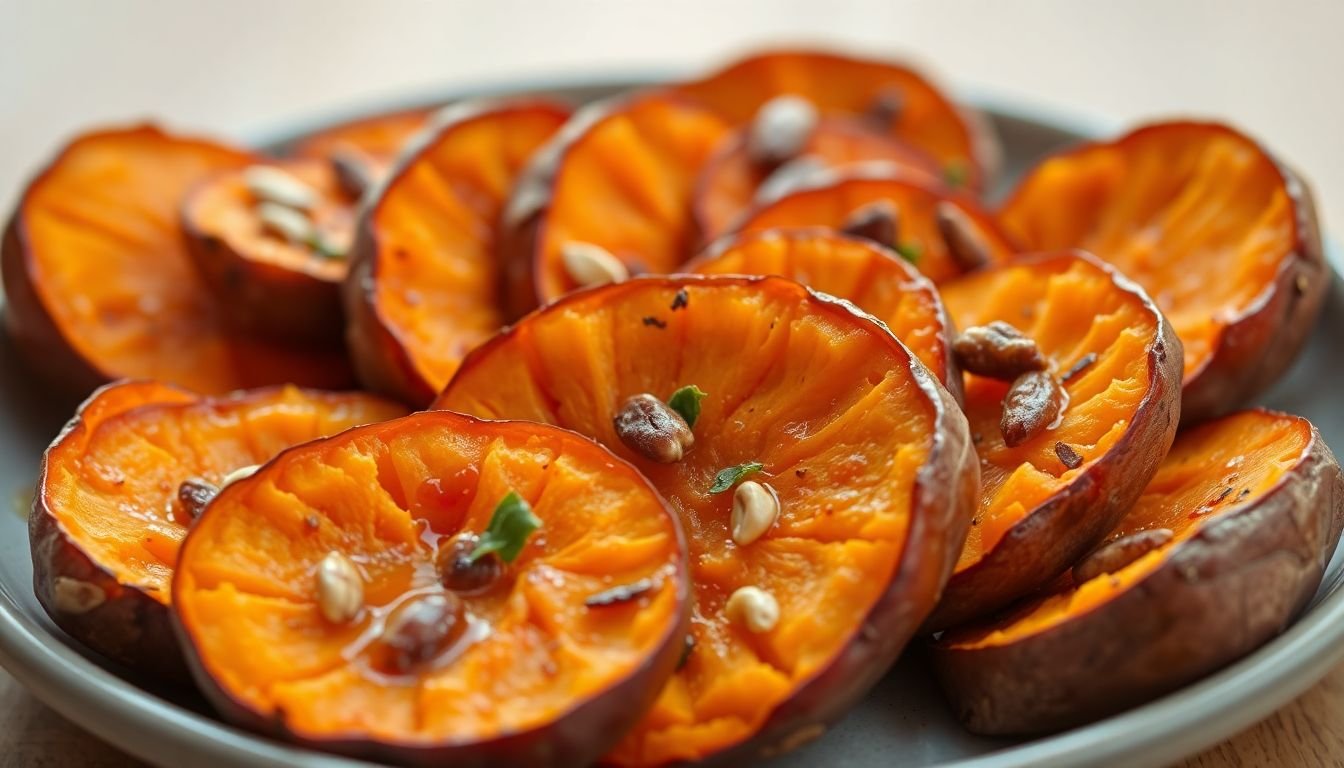Boost Your Harvest: The Best Fertilizers for Fruiting Vegetables

Want bigger, tastier tomatoes and peppers? Proper fertilization is key. It’s how you unlock your garden’s full potential. We’ll explore the best fertilizers for your fruiting friends here. Get ready to grow!
Understanding Fruiting Vegetable Needs
Fruiting vegetables, like tomatoes and cucumbers, have special needs. They need specific nutrients. Macronutrients and micronutrients are very important. Let’s see why.
Macronutrient Essentials (N-P-K)
Think of N-P-K as the ABCs of plant nutrition. Nitrogen (N) helps leafy growth. Phosphorus (P) boosts root growth and flowering. Potassium (K) is vital for fruit production. The ideal NPK ratio changes as your plants grow.
The Significance of Micronutrients
Don’t forget the small stuff! Calcium, magnesium, iron, and zinc are micronutrients. They keep plants healthy. Deficiencies can cause poor fruit quality. Keep an eye out for signs like yellowing leaves.
Types of Fertilizers for Fruiting Vegetables
So many choices exist! Organic or synthetic? Granular or liquid? Slow-release or quick-release? Each has its pros and cons. Let’s compare them.
Organic Fertilizers: A Natural Approach
Compost, manure, bone meal, and fish emulsion are great organic choices. They improve soil health. They’re good for long-term sustainability, too. Try compost tea for a gentle nutrient boost.
Synthetic Fertilizers: Precision and Power
Synthetic fertilizers are formulated for specific needs. Read the instructions carefully. You don’t want to over-fertilize. A little goes a long way.
Top Fertilizer Recommendations for Popular Fruiting Vegetables
Each vegetable has its own needs. Tomatoes, peppers, cucumbers, and squash each need something different. What works for one might not work for another. Let’s look at some examples.
Tomatoes: The King of the Garden
Tomatoes love calcium. It prevents blossom-end rot. Use a fertilizer with a good dose of calcium. Follow a regular feeding schedule.
Peppers: Spicing Up Your Harvest
Peppers crave phosphorus. It helps with fruit set. Choose a fertilizer that is high in phosphorus. This helps them produce lots of peppers.
Application Techniques for Maximum Impact
Timing and placement are key to getting the most out of your fertilizer. How do you apply it correctly? Let’s find out.
Soil Testing: Know Your Starting Point
Test your soil first. This shows you what nutrients you already have. It helps you tailor your fertilizer plan. Knowing is half the battle.
Feeding Schedules: When and How Much
Create a feeding schedule. Consider the plant’s growth stage. Choose the right fertilizer type. Don’t overdo it!
Troubleshooting Common Fertilization Problems
Problems happen. Over-fertilization, deficiencies, and pH imbalances can occur. What do you do then? Read on.
Recognizing and Correcting Deficiencies
Yellowing leaves? Stunted growth? These are clues. They point to nutrient deficiencies. Correct them quickly.
Avoiding Over-Fertilization: A Delicate Balance
Too much fertilizer is a bad thing. It can burn plants. It might also reduce yields. Be careful!
Conclusion
Fertilizing right leads to bigger harvests. Understand what plants need. Then, choose the right fertilizer. Don’t be afraid to experiment. See what works best in your garden. Share your experiences and questions in the comments below!






